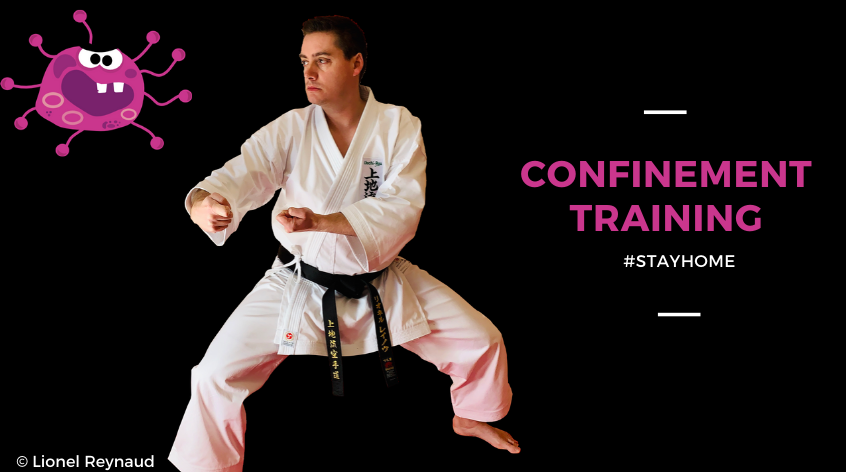
Training during Confinement
We are all facing a unprecedent global pandemic episode pushing the most of the countries to confine people. I first hope you are all well and you will stay healthy.
Confinement appears today the only way to to limit coronavirus propagation. This have an impact in our daily life (job, family, training, fitness level and mental fatigue).
It is in this case important to continue to exercise our body to not loose to much and decrease the mental load of the confined life.
These last days I received some emails from European readers asking me how to train and what to train as all the Dojo are closed.
I am living in France and we are confined since March 17th so I a m starting my 9th day of confinement.
Before describing my tips for confined training I would like to warm you. In this period we need to take care of our body and of our immune system. If you start to get Coronavirus symptoma or normal flu do not train! Enable your body to be at 100% to fight against this B… virus, do not add aditional fatigue to its shoulders.
During confinement we are less active than in our normal life so it is important to have regular activity. If you have enough time I will recommend to plan two sessions per day (conditioning and technical work).
If you do not have so much time I will recommend you to train using what I call Kata circuit Training. I will detail it at the end of this post but you can already find the principle in this former post.
Train twice a day
Getting two different sessions will pace your day and will help you to focus on the different aspects of training.
Morning : Wake Up your body and energize it
Start the session by a complete warm-up (joints and muscles) during at least 10 minutes.
Once start to work one muscular group per exercise and design your session to not work consequently the same group : arm, legs, shoulder, back, and so on.
Here is an example I use frequently :
Warm Up 10min
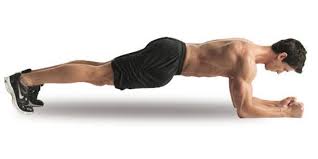
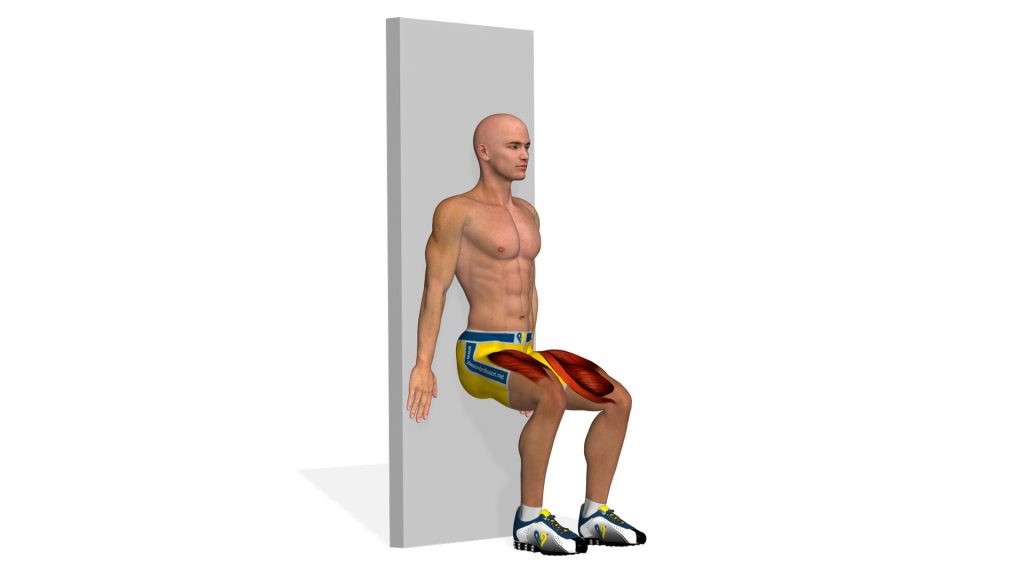


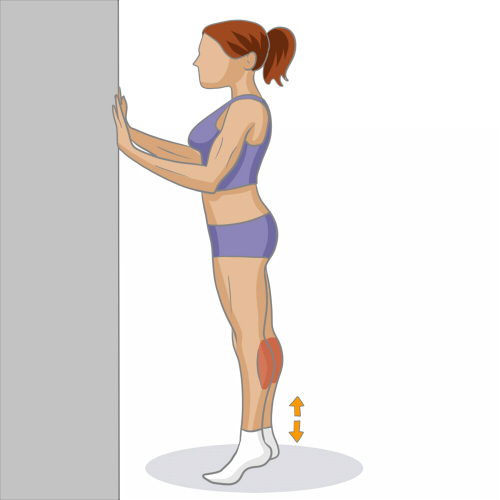

(both side)
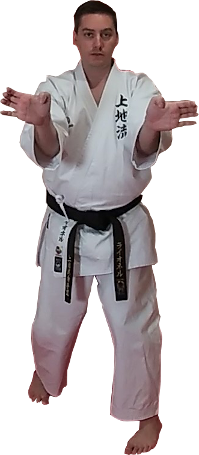
As you can see I finish the session by doing Sanchin twice, it is a mean for me to remind to my body and to my mind that this conditioning is performed to improve my Karate.
Afternoon : Karate session
In this session focus on a specific kata and change it everday.
Start with 10min karate warm up (as you are doing in your school)
Then work during 10 minutes the Hojo-Undo adding specific techniques you will have to perform during your kata, ex : Sukui Uke and double blocks in cat stance if you are working Seichin.
After that perform twice sanchin to check all the body angles.
Rest 1-2 minutes
Work the kata you chose by 3 performance blocks :
- 1st execution Low speed
- 2nd medium speed
- 3rd full speed and energy
Slow down the intensity while working specific points you noticed (no more than 3) during 5-10minutes.
Go back to the previous block.
Finish your session with 8-10minutes cool down and stretching
Here is the example of seichin session :
Warm up 10min
Hojo Undo
Work on Cat stance double blocks & Sukui Uke
2xSanchinn
3x Seichin r=45sec to 1 min
10min specific work on 3 points to be improved
3x Seichin r=45sec to 1 min
10min specific work on 3 points to be improved
1x Seichin full intensity
Cool Down & Stretching 10min
Time-crunched Karate-ka: Prefer Kata Circuit training
As previously said, if you have not enough time to perform two sessions per day prefer the Kata Circuit training.
This kind of session is a mix between the 2 sessions per day.
The principle is simple; after 10min warm up you will alternate Kata and conditioning exercises.
For conditioning apply the same basic rule : do not work consecutively the same muscular group.
Monitor carefully your breathing and hear rate in order to not over warm your body. If you tend to feel too much tired add more rest time between each exercise.
You will hereunder one example :
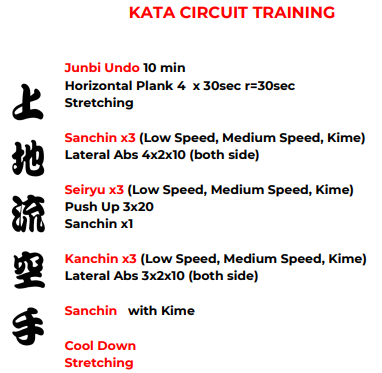
This is the way I tend to train, hope it will inspire you to build your own training routine during the confinement.
Have a good training, do not overtrain, take care and #stayhome
Lionel
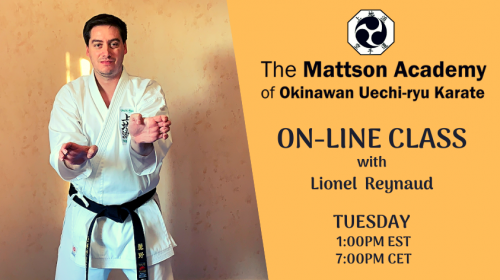
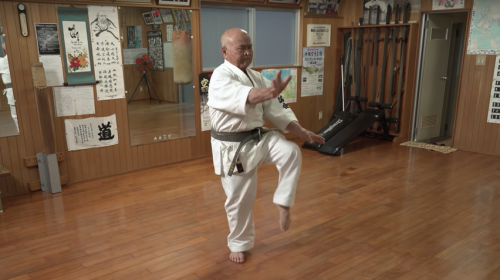

One Comment
Pingback: